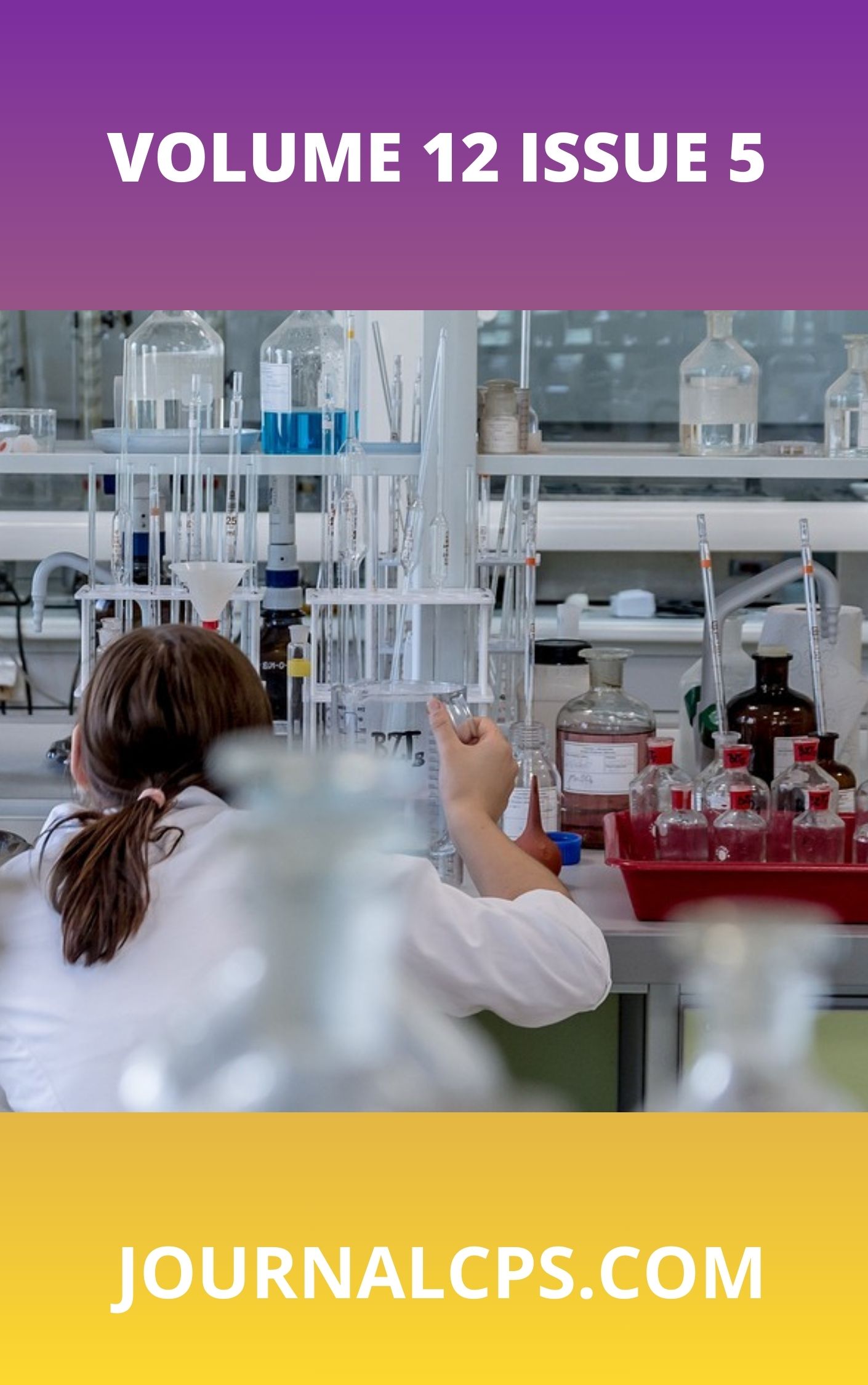Applications of AI in Enhancing Environmental Healthcare Delivery Systems: A Review
Keywords:
Artificial Intelligence, Healthcare Delivery, Medical Imaging, Predictive Analytics, Clinical Decision SupportAbstract
Abstract : Artificial Intelligence (AI) is fast changing the environmental health care delivery to incorporate the latest computational methodology to professionalize the process of diagnosis, treatment, and hospital management as well as foster patient participation. This review examines the present-day use of major AI technologies such as: machine learning, the deep learning, natural language processing, the computer vision, and robotics in the clinical, administrative and operational areas. Among those it points out the AI-assisted medical imaging, risk stratification through predictive analytics, clinical decision support system, precision medicine, remote patient monitoring, and hospital automation. Even with these breakthroughs, the application of AI is experiencing major challenges regarding data privacy, bias of algorithms, non-transparency, uncertainty of regulations, and ethics. Combining the extant research and practical examples of implementation, this paper highlights the successful opportunities of AI in medicine and sophisticated obstacles. The results will direct the policymakers, healthcare specialists, and technology developers to implement responsible and successful application of AI systems that enhance the delivery of equitable, efficient, and high-quality care.
Keywords: Artificial Intelligence, Healthcare Delivery, Medical Imaging, Predictive Analytics, Clinical Decision Support
Similar Articles
- Abdulateef Oluwakayode Disu, Henry Makinde, Olajide Alex Ajide, Aniedi Ojo, Martin Mbonu, Artificial Intelligence in Investment Banking: Automating Deal Structuring, Market Intelligence, and Client’s Insights Through Machine Learning , Communication In Physical Sciences: Vol. 8 No. 4 (2022): VOLUME 8 ISSUE 4
- Robinson Ogochukwu Isichei, The Intersection of Artificial Intelligence, Music, and Religion: An Extensive Review Highlighting Contemporary and Emerging Perspectives , Communication In Physical Sciences: Vol. 9 No. 4 (2023): VOLUME 9 ISSUE 4
- Itoro Esiet Ukpe, Oluwatosin Atala, Olu Smith, Artificial Intelligence and Machine Learning in English Education: Cultivating Global Citizenship in a Multilingual World , Communication In Physical Sciences: Vol. 9 No. 4 (2023): VOLUME 9 ISSUE 4
- Temitope Deborah Babayemi, Nafisat Olabisi Raji, Osita Victor Egwuatu, Oludoyi Mayowa Olumide, Integrating Artificial Intelligence with Assistive Technology to Expand Educational Access through Speech to Text, Eye Tracking and Augmented Reality , Communication In Physical Sciences: Vol. 7 No. 4 (2021): VOLUME 7 ISSUE 4
- Fatima Binta Adamu, Muhammad Bashir Abdullahi, Sulaimon Adebayo Bashir, Abiodun Musa Aibinu, Conceptual Design Of A Hybrid Deep Learning Model For Classification Of Cervical Cancer Acetic Acid Images , Communication In Physical Sciences: Vol. 12 No. 2 (2025): VOLUME 12 ISSUE 2
- David Adetunji Ademilua, Edoise Areghan, Cloud Computing and Machine Learning for Scalable Predictive Analytics and Automation: A Framework for Solving Real-world Problems , Communication In Physical Sciences: Vol. 12 No. 2 (2025): VOLUME 12 ISSUE 2
- Oyakojo Emmanuel Oladipupo, Abdulahi Opejin, Jerome Nenger, Ololade Sophiat Alaran, Coastal Hazard Risk Assessment in a Changing Climate: A Review of Predictive Models and Emerging Technologies , Communication In Physical Sciences: Vol. 12 No. 6 (2025): Volume 12 ISSUE 6
- Humphrey Sam Samuel , Emmanuel Edet Etim, John Paul Shinggu, Bulus Bako, Machine Learning in Thermochemistry: Unleashing Predictive Modelling for Enhanced Understanding of Chemical Systems , Communication In Physical Sciences: Vol. 11 No. 1 (2024): VOLUME 11 ISSUE 1
- Bertha Onyenachi Akagbue Akagbue, Mu’awiya Baba Aminu , Effect of Na-22, Cl-36, 3-H, and P-32 Exposure on Laboratory Clinical Researchers , Communication In Physical Sciences: Vol. 9 No. 4 (2023): VOLUME 9 ISSUE 4
- David Adetunji Ademilua, Advances and Emerging Trends in Cloud Computing: A Comprehensive Review of Technologies, Architectures, and Applications , Communication In Physical Sciences: Vol. 10 No. 3 (2023): VOLUME 10 ISSUE 3 (2023-2024)
You may also start an advanced similarity search for this article.




